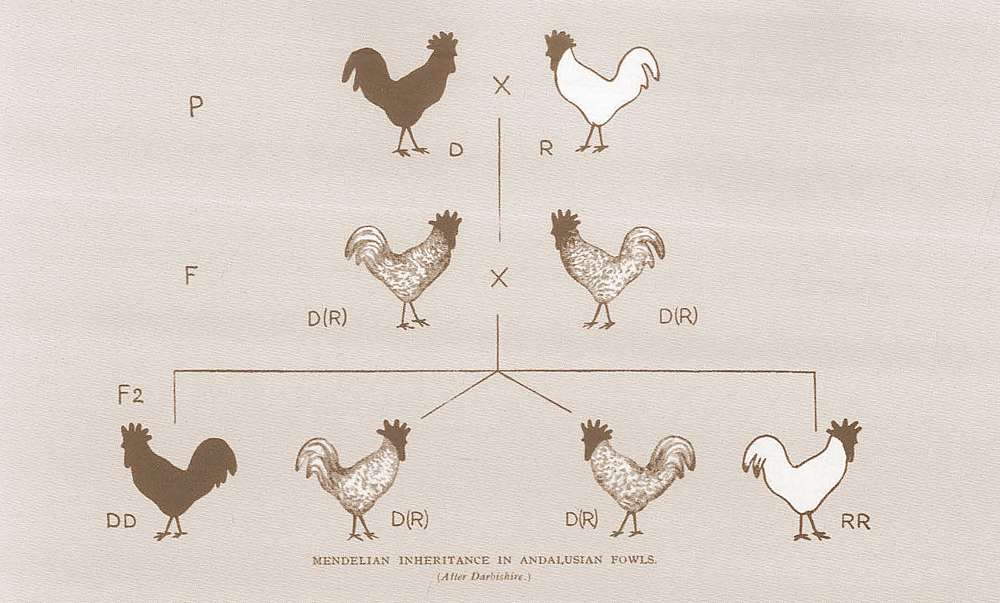An article in The Economist (7-Mar-2015 Issue) mentions a new trend in setting and monitoring goals. The “Quantified Work” system lets employees collaborate with each other to set targets for their peers.
Apparently, this collegial system has improved performance and transparency at Google, Twitter, Intel, and Kroger, among other organizations. “Quantified Work” is a checks-and-balances system which allows peers to set and monitor goals for each other. This both enforces accountability and ensures that goals are neither too hard nor too easy.
Kris Duggan, CEO of BetterWorks, the Silicon Valley startup behind “Quantified Work,” argues, “The traditional once-a-year setting of employee goals and performance review is totally out of date. To really improve performance, goals need to be set more frequently, be more transparent to the rest of the company, and progress towards them measured more often.” Amen to that.
Interestingly, the article mentions that achieving 60–70% of the goals thus set is considered normal rather than a failure. The article also cautions that salary raises and bonuses should not be linked to these goals. I deduce that “Quantified Work” is more for collaborative task-and-deadline management than for meaningful employee performance assessment.
In my consulting practice, I have tested collaborative task management. It’s not as efficient as it purports to be: employees tend to get carried away and spend more time adding goals and checking performance than doing actual work.
 Review what you’ve read. If you’re not sure which book to read next, instead of choosing from a wealth of new titles, consider rereading a book that you’ve previously read and found useful. A good book’s valuable concepts can’t be entirely absorbed with just one reading. As
Review what you’ve read. If you’re not sure which book to read next, instead of choosing from a wealth of new titles, consider rereading a book that you’ve previously read and found useful. A good book’s valuable concepts can’t be entirely absorbed with just one reading. As 
.jpg)
.jpg)

.jpg)
.jpg)

.jpg)
 Vincent embarked upon his artistic career at the somewhat advanced age of 27. According to
Vincent embarked upon his artistic career at the somewhat advanced age of 27. According to 

